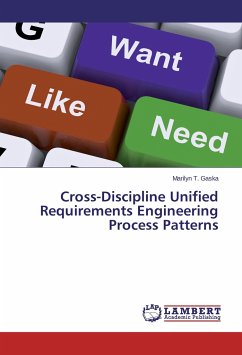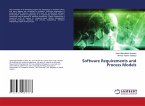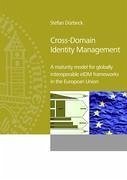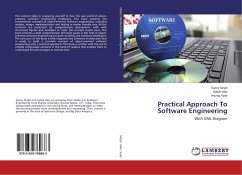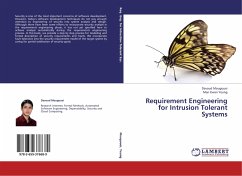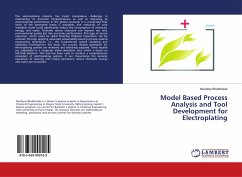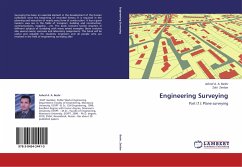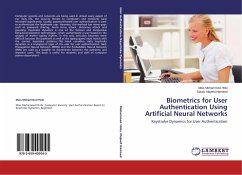The premise of this book is that computer-based systems design can benefit from lessons learned in other disciplines, to include how to work with users and obtain client agreement, the need to define context and identify scenarios, and the importance of reviewing design history. Similarly, other disciplines may also benefit from requirements engineering (RE) approaches in computer-based systems. Selection of context-free questions for RE process comparison across disciplines is based on a unified RE process model. The approach includes literature research and analysis of published case studies of successes and failures. The six focus disciplines include computer science, management information systems (MIS), product design and manufacturing, physical structure architecture, and systems engineering. Recommended RE process patterns are documented and used to extend the requirement exploration framework of Gause and Weinberg (1989). A proposed visualization maps the RE process patterns to a tetrahedron including nodes for design chain, stakeholders, context/action space, and problem/design space. Today's agile techniques implement many of the unified process patterns identified.
Bitte wählen Sie Ihr Anliegen aus.
Rechnungen
Retourenschein anfordern
Bestellstatus
Storno

